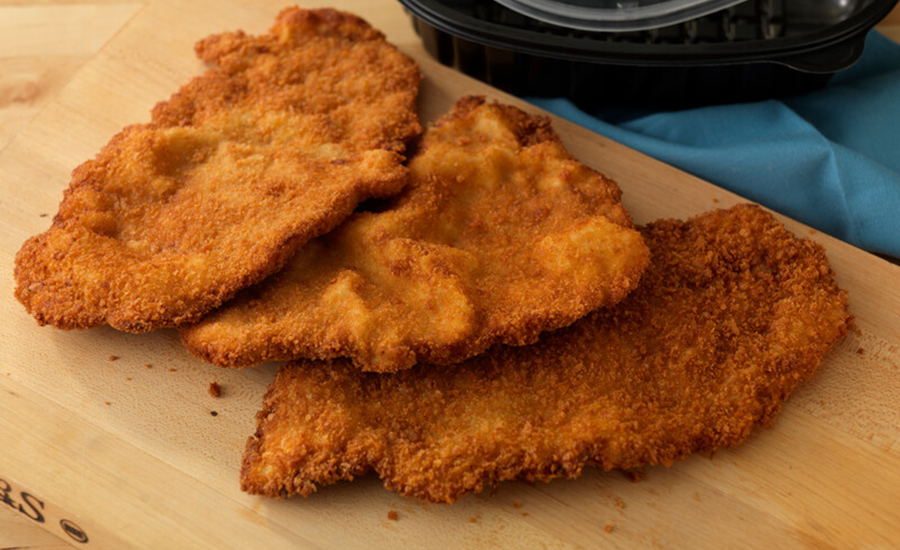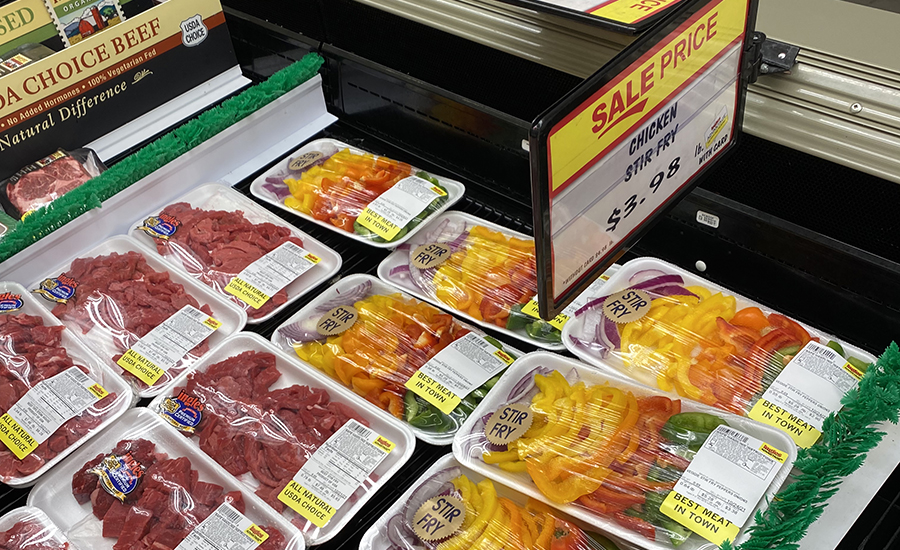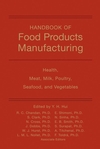Portion control is becoming an increasingly important meat and poultry sales trigger.
With greater numbers of consumers seeking proteins in sizes that meet their desire for more convenient, healthy, and economical eating, retailers that offer attractive portions are in position to boost activity while differentiating their selections from those of competitors, analysts note.
In a November 2021 consumer survey, 36 percent of respondents listed “helping to control weight” as a top reason why they pay attention to portion control. In addition, 30 percent of respondents listed portion control as a top factor for avoiding too much of certain foods, while 26 percent indicated that portion control was a main reason for helping them know how much they should be eating or drinking. The online survey of 1,000 Americans ages 18 and older was commissioned by the Washington, D.C.-based International Food Information Council and weighted for proportional representation of the population.
Portioned selections also are attractive to consumers seeking easy meal prep due to recipe fatigue, says Annette Maggi, president of Annette Maggi & Associates, Inc., a Minneapolis-based strategic nutrition marketing and communications consulting firm specializing in the interface between food manufacturers and retail grocers, and nutrition and regulatory issues.
The stronger shopper stronger focus on weight management to shed “pandemic pounds” and their heighted interest in health conditions, including heart disease and diabetes, are boosting interest in portion control as well, she notes. “With more people working from home, portioned cuts allow them to make quick and healthy lunches, perhaps for just one individual,” Maggi states. “Retailer meal kits or pre-portioned packs of meat and vegetables also make for quick and easy dinners.”
Portion control cuts are especially appealing to smaller households by making it easier to cook for one or two persons, as well as to families with varying eating patterns, she notes. In addition,
pre-portioned selections can make it simpler for protein-deficient individuals to incorporate more protein into their meals or snacks, which often includes adolescent girls and pregnant women, Maggi says.
Make sure the price is right

Retailers, meanwhile, can make smaller portion sizes even more appealing by incorporating per item rather than per pound pricing, says Jim Wisner, president of Wisner Marketing LLC., a Gurnee, Ill.-based retail consultancy. Such pricing can effectively spotlight the lower price of supermarket meat and poultry versus comparable foodservice menu selections, he states, noting that “instead of spending $20 dollars at a restaurant for steak, consumers can now buy the same selection at stores for five, six, or 10 dollars.”
Pricing by the piece also creates the perception that the portion cuts are proportionally less expensive than meat and poultry in larger packs with by the pound pricing, Wisner says. “Portion control is a huge deal and a way to get around some of the meat cost issues,” he says, noting that purchasing meat and poultry for a “unit of one” reduces waste as well. Maggi adds that per item pricing also helps shoppers quickly consider the per person meal cost.

It is also important for merchandisers to offer portioned cuts to help meet consumers’ interest in a variety of beef options, says Shalene McNeil, executive director, nutrition science, health and wellness, for the Centennial, Colo.-based National Cattlemen’s Beef Association (NCBA).
A variety of beef selections, including strip steak, flank steak, and tenderloin, are attractive candidates for portion control, says Jessica Lancaster, NCBA director, product quality research. She notes that merchandisers can offer such options in pre-portioned packaging in meat cases or by having supermarket butchers slice the cuts for individual needs.
“The meat counter continues to evolve, and changes can be seen through innovations in meal kit preparations and other opportunities to simplify meal planning through portion-controlled heat-and-eat and ready-to-go options,” McNeil states, adding that “there is an opportunity for increased awareness for portioned products.”
Merchandisers can spark further interest in such selections by having messaging on packages that detail how the portioned meats can fit into shoppers’ eating plans, Maggi says, which includes supporting consumers who are seeking to add specific amounts of proteins to their diets while reducing carbohydrates.
Operational obstacles still abound
Marketing portion control options, however, can be tricky. Although certain cuts of meat and poultry, such as pork chops, are easy to portion in stores while retaining quality, other selections, including roasts, offer better taste when cooked as a whole piece, Maggi notes.
Because of different compositions, it also can be arduous to pre-portion all meat and poultry, Wisner says, noting that filets are the best option “from a weights and measures standpoint.”
Merchandisers may face difficulties in determining the optimal amounts to offer as well, he says. “You can buy premade burgers in all kinds of sizes but may run into problems when distinguishing what is a ‘portion’ and what is a ‘helping’ for other selections,” Wisner says. “A 5-ounce serving is okay for me, but someone else might want an 8-ounce serving.”
Nevertheless, the demand for portion control products is likely to increase, particularly because providing family members with individual portions makes it easier to meet their specific meal preferences and for people to dine at home at different times, Wisner says.










